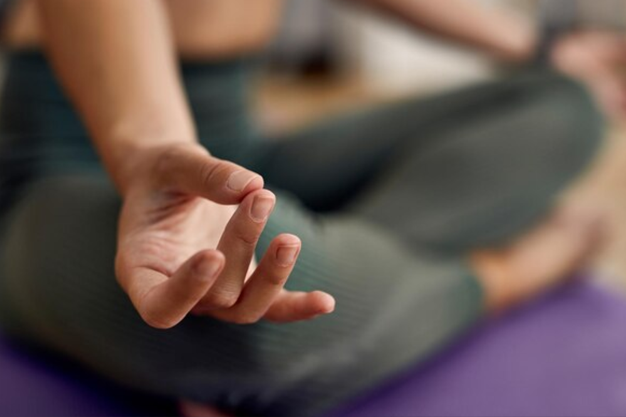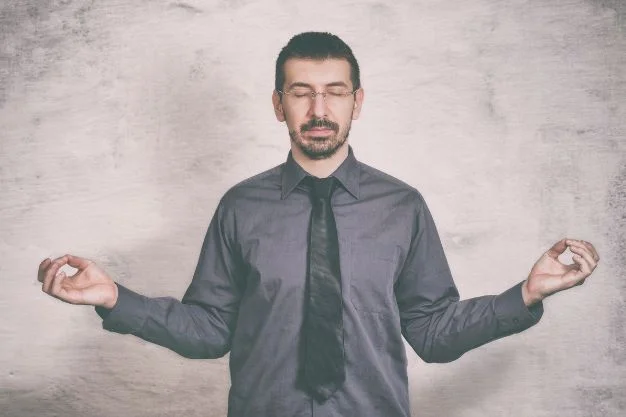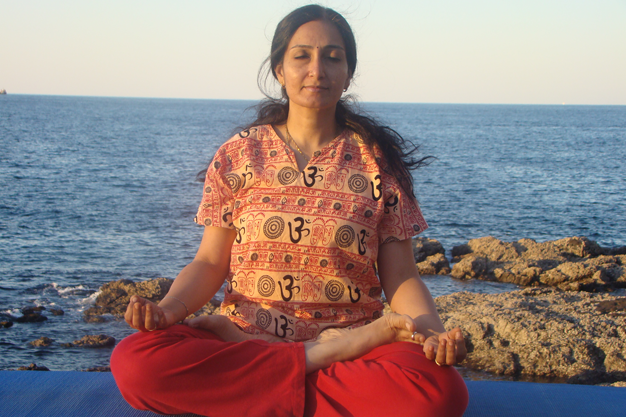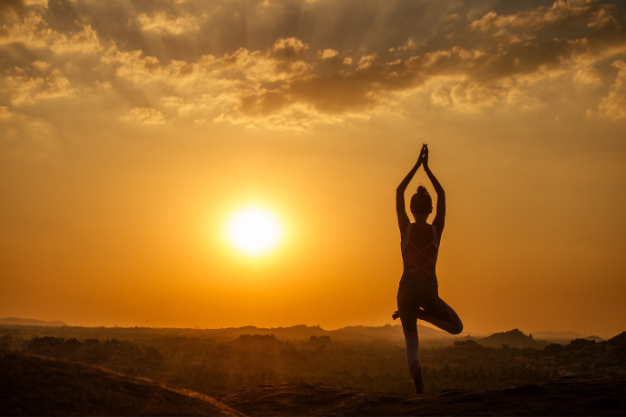REJUVENATING YOUR MIND WITH MEDITATION AS THERAPY
Why people become restless when they are asked to close their eyes and meditate?
I’ve often observed that on days when I plan for a meditation class, many participants are absent. Perhaps some haven’t fully grasped its importance, or they’ve found their own ways to manage emotions. I’d like to share the significance of Buddhist meditation, a practical, step-by-step approach for spiritual growth —a journey anyone can embrace.
One of life’s greatest blessings: My spiritual growth journey began at Dharmkot’s Tushita Meditation Center.
A transformative experience! I finally discovered the meditation I’d sought for years—logical, scientific, and therapeutic. Yoga’s not just physical; it’s about self-understanding, fueling spiritual growth and helping others.
Lama Yeshe’s wisdom says : Rich or poor, religious or not, we all grapple with negative traits like anger, pride, and more. These cause suffering, harming us and others.
Negative karma accumulates with our actions, lasting through life after life. Buddha urges us to overcome these delusions one by one in this life time as human birth is precious and to avoid rebirths.
Unlocking inner peace isn’t about religion, postures, or gurus—it’s self-discovery. Lama Yeshe emphasizes self-guidance, not supernatural beliefs. Explore the science of the mind, be your own therapist.
Realizing true spirituality isn’t about blindly following religious practices but embodying their essence in daily life. For instance, when we pray to Lord Jesus, we honor his qualities of compassion, love, and service. All spiritual masters exemplify growth through spirituality. Understanding their teachings in practice is our challenge.
Even atheists appreciate Mahatma Gandhi and Mother Teresa, known for their devotion and humanitarian service. Spiritual masters conquered their delusions like anger, hatred, pride, jealousy, self-cherishing, attachments, ignorance, attachment etc. embodying selflessness.
Just as we value everyday things like food and money, let’s cherish each moment, staying fully conscious of our actions and intentions. I
Lama advises introspective exploration for a deeper understanding of our egocentric emotions. Talking alone won’t unveil the restlessness within us.
In our pursuit of happiness, we often chase new relationships, jobs, and possessions, believing they possess inherent qualities, like chocolate being universally delicious. But according to Buddhist philosophy, our minds are clear and reflect our experiences, much like a tranquil lake mirrors its surroundings. It’s fine to seek happiness, but it’s vital to understand that relationships and possessions aren’t the innate sources of satisfaction or happiness.
Meditation isn’t simply closing eyes and daydreaming; it’s not about the body or experiencing physical sensations.
After serene meditation, we aim to bring that peace into our daily lives. Yet, it’s tough to maintain. Habits often lead to instant negative reactions. Breaking lifelong habits is tough. Recognizing anger, jealousy, attachment, ignorance etc.is challenging. Mind transformation is gradual. Foster positivity for self, spreading it to others.
Tibetan meditation is about becoming familiar with what’s in our minds. Buddhist meditation cultivates love, compassion, patience, serenity, and wisdom, making them second nature. This helps us stay calm, patient, and compassionate even in challenging situations, using wisdom to navigate them gracefully. Buddhist meditation balances the mind, fostering compassion for all beings and cultivating equanimity through regular practice
Unchecked negative emotions create strong imprints, making us react harmfully again. To break this cycle, identify, and diffuse emotions early
Tibetan meditation has two categories: Stabilizing (Shamata) and Analytical (Vipashayana)
Systematic and logical steps are involved in this meditation.
1.Discover the art of mind exploration through mindful posture:
Sit comfortably in Padmasana or Ardhpadmasan any other posture, knees touching the floor, back straight, shoulders relaxed, hands on knees with palm downward or right palm over left with tips of the thumb touching each other resting below navel. Head upright, chin slightly down and lock the tongue and eyebrows gazing at nose tip. Cushions for comfort, and you’re set.
Close your eyes, observe your thoughts; Relax from legs to head.”
Stay motivated! Dedicate your practice to others; reduce self-expectations. Many can’t meditate, so let’s share positive energy with all beings
- Peaceful Breathing: The Art of Stabilizing Meditation
In meditation, we have two paths: Stabilizing and Analytical. The latter suits those dealing with restlessness, stress, or anxiety, causing insomnia. To identify negative emotions, focus on subtle sensations—buzzing behind the heart for negativity and lightness with deep, rhythmic breaths for positivity. Dive deep with analytical questions: How, where, when, and remedies for negativity, exploring the benefits of positive antidotes. Once you find solutions, conclude your meditation journey.”
Share Your Practice: For the Good of All Sentient Beings
Mornings: Find Focus in days’ work with Stabilizing Meditation. Evenings: Unburden with Analytical Meditation. Start at 15 mins, then grow your practice.”
Explore the world of Tibetan meditation with Vyaniti Yoga’s insightful blog. Contact Vyaniti Yoga at +968 96526103 or drop them a line at yogatherapy4all@gmail.com.From systematic postures to the art of mindfulness, our articles provide a roadmap to inner peace. Whether you’re new to meditation or a seasoned practitioner, our blog has something for everyone. Dive in at https://vyanitiyoga.com/blog/ and embark on a transformative journey.









